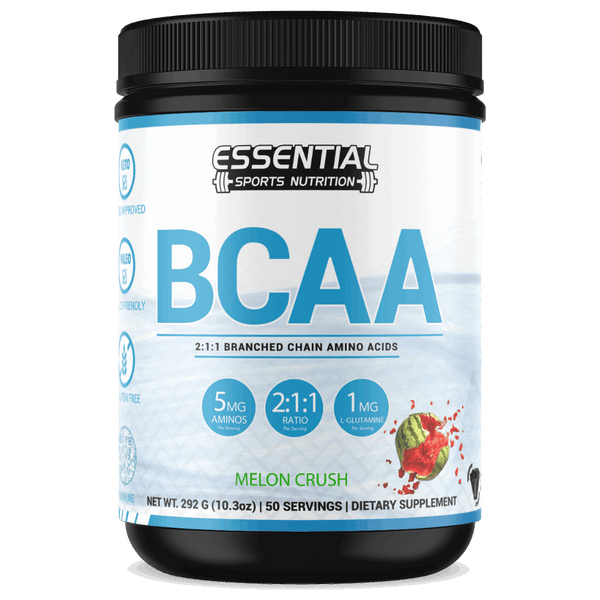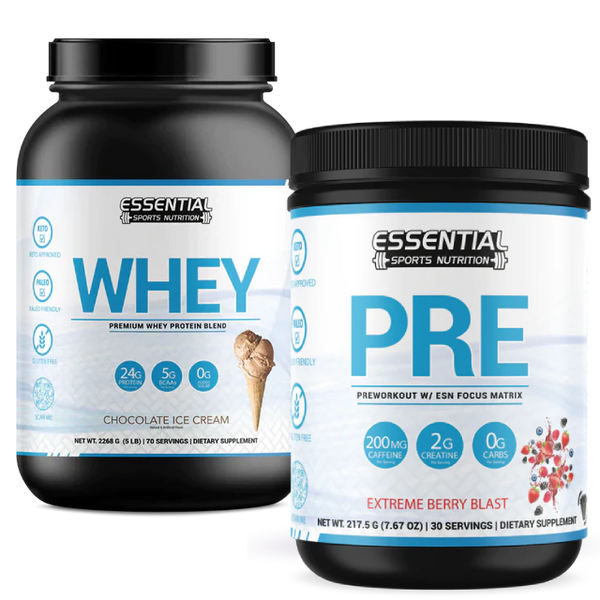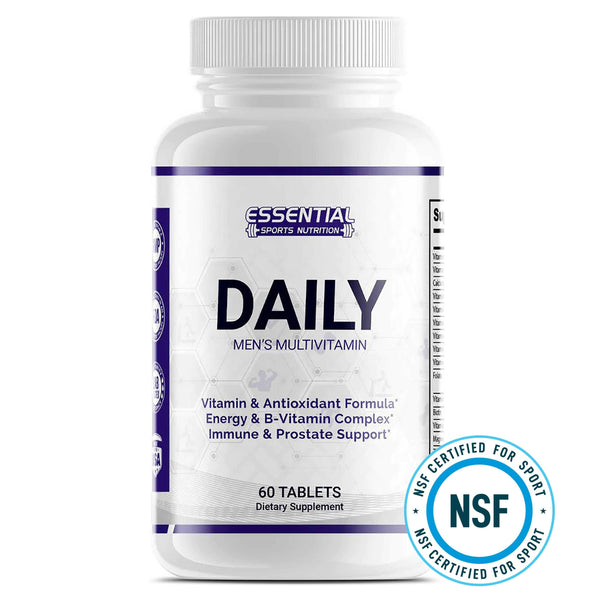Sculpt Sexy Arms: Ultimate Guide to Bicep Exercises for Women
Try various exercises that focus on the muscle's anatomy to strengthen your biceps and enhance arm functionality. Start with concentration curls to isolate your biceps, and add hammer curls to engage both the biceps and the underlying brachialis muscle for thorough toning. Preacher curls will help you maintain proper form, while incline dumbbell curls challenge your muscles from different angles. Don't forget cable curls, which maintain constant tension to maximize muscle growth. Regularly incorporating these exercises into your routine will build strength and boost your confidence and arm aesthetics. There's more to uncover that can elevate your workouts even further.

Key Takeaways
Concentration curls target and isolate the biceps for focused muscle growth.
Hammer curls engage both the biceps and the brachialis for balanced arm development.
Preacher curls help maintain proper form, reducing the risk of injury.
Cable curls provide constant tension, promoting muscle hypertrophy in the biceps.
Resistance bands offer adjustable difficulty, ideal for home workouts and progressive strength training.
Understanding Bicep Anatomy
Before diving into specific exercises, it's important to understand that your biceps consist of two main parts: the short and long heads, which play key roles in not just bending your elbow but also in rotating your forearm and stabilizing your shoulders. Nestled in your upper arm, the biceps muscle is pivotal in everyday movements and achieving that sculpted arm look many aspire towards.
The biceps' muscle anatomy is fascinating. Both heads originate from the shoulder blade and converge into a single muscle belly that attaches to the forearm bone. This arrangement allows the biceps to perform multiple functions seamlessly. When you curl your arm, it's primarily the biceps that enable this movement by flexing the elbow. Additionally, when you twist your wrist or turn a doorknob, it's the biceps again, assisting in rotating the forearm.
Additionally, the brachialis muscle, situated just beneath the biceps, plays an important role in these movements. Often underrated, the brachialis is a powerhouse in its own right, especially influential in curling movements with a neutral or reverse grip, and is crucial for overall arm development. By strengthening these muscles, you're not just enhancing muscle function but fortifying your upper arm significantly.
Benefits of Biceps Workout

Now that you understand the anatomy of your biceps, let's explore how strengthening these muscles can greatly enhance arm strength, improve daily functionality, and boost your aesthetic appeal. Bicep training isn't just about looking good; it's about feeling strong and capable in your everyday life. Whether you're lifting groceries or picking up a child, well-developed biceps help you perform these tasks more efficiently and with less risk of injury.
For women, toned biceps aren't just a sign of physical strength; they reflect your dedication to fitness. Engaging in regular bicep exercises can lead to muscle development that enhances both your functionality and your physique. You'll notice that daily activities become easier, and you'll enjoy the visible results of your hard work.
The confidence that comes with stronger, more capable arms is undeniable. As your biceps become more defined, you'll see an improvement in your aesthetics and feel a significant boost in your self-esteem. This newfound confidence can be transformative, affecting every aspect of your life from personal relationships to professional environments. Commit to bicep training and experience the profound benefits that extend well beyond the mirror.
Essential Bicep Exercises
Why not start strengthening your biceps with some essential exercises that promise both form and function? Let's delve into some effective workouts designed specifically for your arms.
First up, Concentration curls. This classic bicep exercise is brilliant for isolating the muscle, ensuring that each curl maximally activates your biceps. You'll want to sit, elbow on your knee, and curl a dumbbell with focus and control, feeling the bicep contract and release.
Next, incorporate Hammer curls into your routine. These target both your biceps and the brachialis muscle, which lies beneath the biceps. This dual action enhances arm definition and strength. Hold dumbbells with a neutral grip and curl them, keeping your elbows tight to your sides.
Preacher curls are another must-do. They help maintain proper form by supporting your arms on a sloped bench, preventing 'cheating' as you curl. This focus maximizes the exercise's effectiveness on your biceps.
Incline dumbbell curls change up the angle of your curl, challenging your muscles differently and stimulating growth. Lean back on an incline bench and curl, feeling the stretch and contraction.
Lastly, Cable curls ensure constant tension throughout the movement, which is key for muscle hypertrophy and strength. For best results, use a cable machine and curl with steady control.
Advanced Bicep Techniques

As you progress in your bicep training, understanding the principles of progressive overload is essential to challenge your muscles and achieve growth continuously. Incorporating both isolation and compound lifts into your routine can maximize strength and shape development in your biceps. Explore advanced curl variations, such as preacher curls or hammer curls, to add intensity and diversity to your workouts, keeping them effective and engaging.
Progressive Overload Principles
To effectively build your biceps, incorporating progressive overload principles is crucial as you gradually increase your workouts' weight, reps, or sets. This strategy guarantees continuous muscle growth and strength gains. Here's a detailed guide:
| Technique | Description | Benefit |
|---|---|---|
| Tempo Variations | Slow eccentrics in bicep curls | Enhances muscle tension |
| Tracking Lifts | Log every workout detail | Monitors progress and adaptations |
| Advanced Techniques | Employ drop sets, giant sets | Overcomes plateaus, boosts intensity |
Isolation Vs. Compound Lifts
Understanding the differences between isolation and compound lifts can greatly enhance your bicep training regimen. Isolation exercises like the bicep curl specifically target your biceps, allowing for focused development in both strength and size. These movements are perfect when your goal is to really define and sculpt your biceps. On the other hand, compound lifts, such as pull-ups and rows, involve multiple muscle groups. While they don't isolate the biceps, they do contribute to overall upper-body strength and muscle coordination. Incorporating both types of lifts into your workouts can maximize your muscular development and achieve a balanced, strong physique. Remember, the mix depends on your specific fitness goals, so tailor your approach accordingly.
Advanced Bicep Curl Variations
If you're looking to intensify your bicep workouts, advanced curl variations like spider curls, concentration curls, Zottman curls, and reverse curls can greatly enhance muscle engagement and growth. Each technique brings a unique challenge to your biceps curls routine, guaranteeing you target every part of your muscle for a thorough development.
Spider Curls: Focus on the bicep peak by eliminating momentum, allowing for intense peak contraction.
Concentration Curls: Emphasize the bicep peak and ensure a full range of motion, maximizing muscle engagement.
Zottman Curls: Combine forearm strengthening with bicep curls through a dynamic grip change, enhancing both strength and versatility.
Incorporate these into your routine with a Resistance Band for added tension and challenge.
Incorporating Resistance Bands

As you explore bicep exercises, consider the advantages of resistance bands: they provide varying levels of difficulty that can greatly enhance muscle strength and definition. When selecting a band, look for one that matches your current fitness level but still challenges your muscles as you progress. This simple tool is effective and incredibly convenient for maintaining your workout routine, whether at home or on the go.
Benefits of Resistance Bands
Resistance bands can greatly enhance your bicep workouts by providing variable resistance, which challenges your muscles throughout their entire range of motion. By incorporating resistance bands into your routine, you're focusing on your biceps and engaging those vital stabilizing muscles. This inclusive muscle activation supports the development of toned and defined arms, a goal many women aim for.
Portable and Versatile: Easily pack them in a bag and exercise anywhere, perfect for busy schedules.
Safer Alternative: Lower risk of injury compared to heavy weights, making your workouts safer.
Enhanced Muscle Activation: Engages more muscle groups for a more effective workout.
Embrace these bands and notice how they transform your bicep exercises into a more dynamic and effective routine.
Band Selection Tips
Now that you're familiar with the benefits of resistance bands, let's look at how to choose the right ones to maximize your bicep workouts. Selecting the appropriate tension levels is important to challenge your biceps effectively. Resistance bands are portable and convenient and provide varied resistance, enhancing muscle engagement during bicep exercises.
| Feature | Benefit |
|---|---|
| Variable Tension | Enhances muscle engagement |
| Portability | Workout anywhere, anytime |
| Progression | Adjustable challenge levels |
| Added Resistance | Intensifies bicep exercises |
Start with a lighter band and gradually work your way up to higher tension levels to ensure continuous progress and challenge in your routine. This strategy will keep your workouts both effective and exciting.
Dumbbell Bicep Workouts

Let's explore how dumbbell workouts can sculpt your biceps, starting with exercises like curls and hammer curls that effectively target these essential arm muscles. Dumbbells are a fantastic tool because they help enhance strength, build muscle, and improve the aesthetics of your arms. As a woman, incorporating these into your routine can provide significant benefits.
Using dumbbells for your bicep workouts allows you to perform unilateral training. This method is important for correcting muscle imbalances by ensuring both arms develop equally. It's easy to get started, and you can progressively increase the weight as you gain strength, which is essential for continuous muscle growth.
Here are some tips to maximize your dumbbell bicep workouts:
Start Light: Begin with a weight that allows you to maintain proper form but still challenges your muscles by the last few repetitions.
Focus on Form: Keep your elbows close to your torso and move only your forearms during curls.
Be Consistent: Regularity is key. Aim to include bicep exercises in your workouts 2-3 times a week for the best results.
Monitoring Your Progress

Monitoring your progress is important as it helps you understand the effectiveness of your bicep workouts and guides necessary adjustments. Start by maintaining a detailed training log, noting down every weight lifted, the number of sets and reps, and any noticeable changes in your muscle size or strength gains. This record-keeping will be a crucial tool to track improvements and ensure you're on the right path toward your fitness goals.
Using a notebook or a fitness app to log your sessions can make this process seamless and more efficient. It is crucial to observe how your biceps respond to different exercises and intensities. Are you getting stronger? Can you handle more reps or heavier weights compared to when you started? These observations can help you adjust your training plan effectively.
Also, be on the lookout for any signs of plateauing. If you notice that your progress stalls, it may be time to tweak your routine. Documenting these instances helps in plateau detection and pushes you to innovate and intensify your workouts. Regular reviews of your progress are important. They allow you to set new, challenging goals, increase your workout intensity, and promote excellent bicep development. Keep pushing, and you'll see the results!
Nutrition for Muscle Growth

To maximize muscle growth, it's crucial you get enough protein, aiming for about 0.8-1 gram per pound of body weight daily. Your bicep training will demand a lot from your body, and adequate protein intake is essential for repairing and building muscle tissue. Your body also needs other key nutrients to make sure you're at your best.
Here are some essentials to include in your nutrition plan:
Complex Carbohydrates: Foods like whole grains, fruits, and vegetables fuel your workouts and support muscle growth by replenishing glycogen stores.
Healthy Fats: Incorporate sources like avocados, nuts, and olive oil, which are crucial for hormone production that aids in muscle recovery and overall health.
Hydration: Aim for at least 8-10 glasses of water a day to help maintain top muscle function and recovery.
In addition to focusing on these nutrients, consider consulting a nutritionist who can help tailor a personalized meal plan that aligns with your fitness goals. This plan can enhance your efforts in the gym, particularly during your bicep training sessions, ensuring that every curl and every lift counts towards significant muscle growth.
Avoiding Common Mistakes
While proper nutrition greatly enhances your bicep training results, avoiding common mistakes during your workouts is equally important to guarantee maximum muscle growth and safety. One key error to steer clear of is using momentum to lift weights. You're not fully engaging the biceps when you swing the weights using your back or lower body. Instead, keep your elbows close to your body and focus on lifting with your arms only. This approach guarantees the best activation of your bicep muscles.
Another frequent mistake is rushing through your reps. To build stronger biceps, maintain a controlled and slow tempo during each curl. This method helps maximize muscle activation and growth. Ensure your wrists are aligned with your forearms, and avoid bending them excessively; this maintains proper form and prevents wrist strain.
Lastly, keep your shoulders relaxed and stable. It's tempting to tense up your upper body, but by stabilizing your shoulders, you isolate the biceps more effectively. Don't forget to breathe correctly—exhale as you curl the weights toward your palms, and inhale as you lower them. This not only enhances your performance but also prevents dizziness during your workout.
Conclusion

So, after diving deep into the world of bicep curls and resistances, you're practically an expert, right? Remember, while you're dreaming about becoming the next arm-wrestling champ, don't forget the basics—like lifting those dumbbells! Keep pushing those limits, monitor your gains, and fuel up properly. With dedication and a bit of irony in embracing the burn, those sculpted biceps aren't just a flex in the mirror—they're your new reality. Keep going, you've got this!
Best Bicep Exercises for Women FAQs
Q: What are the best bicep workout for women?
A: Some of the best bicep exercises for women include dumbbell curls, hammer curls, concentration curls, and bicep curls.
Q: How can I do a bicep workout at home?
A: Try push-ups, chin-ups, and tricep dips to sculpt your arms at home. Use resistance bands for curls and household items as weights for your arm workout.
Q: What are the benefits of incorporating bicep exercises for women into my workout routine?
A: Bicep exercises help strengthen and tone the muscles in your arms, improve muscle definition, and enhance overall upper body strength.
Q: How can I target my biceps effectively during a workout?
A: To target your biceps effectively, focus on exercises that specifically work the biceps, such as bicep curls, concentration curls, and preacher curls.
Q: What is the importance of including bicep exercises in a workout plan?
A: Including bicep exercises in your workout plan ensures balanced upper body strength, prevents muscle imbalances, and enhances overall arm muscle definition.
Q: Can women build muscle mass by doing bicep exercises?
A: Yes, women can build muscle mass in their biceps by incorporating bicep exercises into their workout routine and progressively increasing the weight and intensity of their workouts.
Q: Are compound exercises beneficial for working the biceps?
A: Compound exercises involving multiple muscle groups, such as chin-ups and pull-ups, can be beneficial for working the biceps and other upper body muscles.
Q: Should Women Do Bicep Exercises?
A: Yes, you should definitely include bicep exercises in your routine. They'll help tone your arms, enhance functional strength, and boost your confidence without bulking up, making your workouts more effective and rewarding.
Q: How Do You Get Feminine Biceps?
A: To get feminine biceps, focus on higher reps with moderate weights, include exercises like concentration curls, and ensure consistent training. Remember, proper form and a balanced diet are essential for toned results.
Q: What Is the Number 1 Best Bicep Exercise?
A: The concentration curl is the number one best biceps exercise. It isolates your biceps, maximizing muscle activation for significant growth. Incorporating this into your routine will give you great results in strength and definition.























